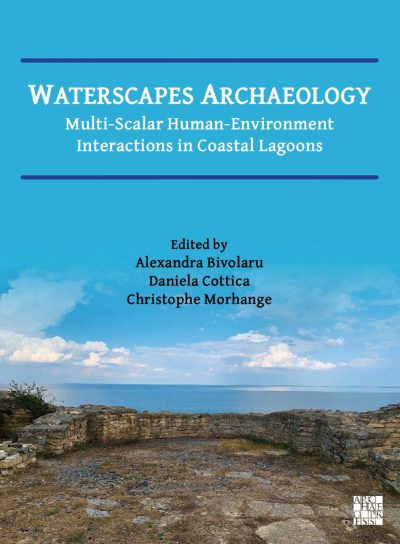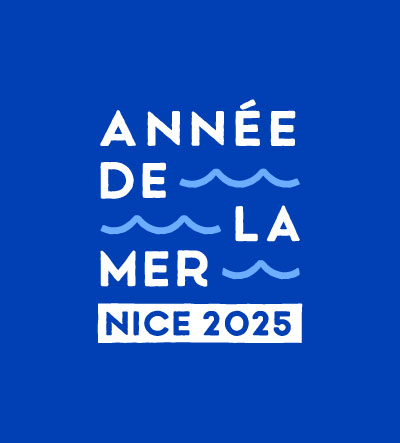Source : https://doi.org/10.5194/cp-20-1837-2024
Understanding past and present hydrosystem feedbacks to global ocean–atmospheric interactions represents one of the main challenges to preventing droughts, extreme events, and related human catastrophes in the face of global warming, especially in arid and semiarid environments. In eastern Africa, the El Niño–Southern Oscillation (ENSO) was identified as one of the primary drivers of precipitation variability affecting water availability. However, the northern East African Rift System (EARS) still suffers from the underrepresentation of predictive and ENSO teleconnection models because of the scarcity of local to regional historical or palaeo-data. In this paper, we provide a 50-year seasonal flood and drought chronicle of the Awash River catchment from the study of laminated sediment from Gemeri and Afambo lakes (central Afar region, Ethiopia) with the aim of reconstructing the magnitude of regional hydroclimatic events. Pluricentimetric micro-laminated lithogenic facies alternating with plurimillimetric carbonate-enriched facies are investigated in both lakes. We couple dating methods including radiocarbon, short-lived radionuclides, palaeomagnetic field variations, and varve counting on both lake deposits to build a high-resolution age model and to discuss the regional hydrosedimentary dynamics of the Awash River over the last 700 years with a focus on the last 50 years. Using a multiproxy approach, we observe that following a multicentennial enhanced hydrological period, the two lakes have experienced a gradual decrease in river load inflow since 1979 CE, attaining extreme drought and high evaporative conditions between 1991 and 1997 CE. In 2014, the construction of a dam and increased agricultural water management iin the lower Awash River plain impacted the erodibility of local soils and the hydrosedimentary balance of the lake basins, as evidenced by a disproportionate sediment accumulation rate.
Comparison of our quantitative reconstruction with (i) lake water surface evolution, (ii) the interannual Awash River flow rates, and (iii) the El Niño 3.4 model highlights the intermittent connections between ENSO sea surface temperature anomalies, regional droughts, and hydrological conditions in the northern EARS.
A lire aussi
Le prix de thèse de l’ED SHAL attribué à Audrey Duchâtel-Munter, Docteure du CEPAM
Félicitations à Audrey !
Ouvrage | Waterscapes Archaeology. Multi-Scalar Human-Environment Interactions in Coastal Lagoons
Edited by Alexandra Bivolaru, Daniela Cottica, Christophe Morhange, Archaeopress Archaeology
Exposition Photo | Océans à travers les âges : patrimoine, pêches et résilience face aux défis climatiques
10-12 juin, Hall MSHS, Saint Jean d'Angely 3, Nice




